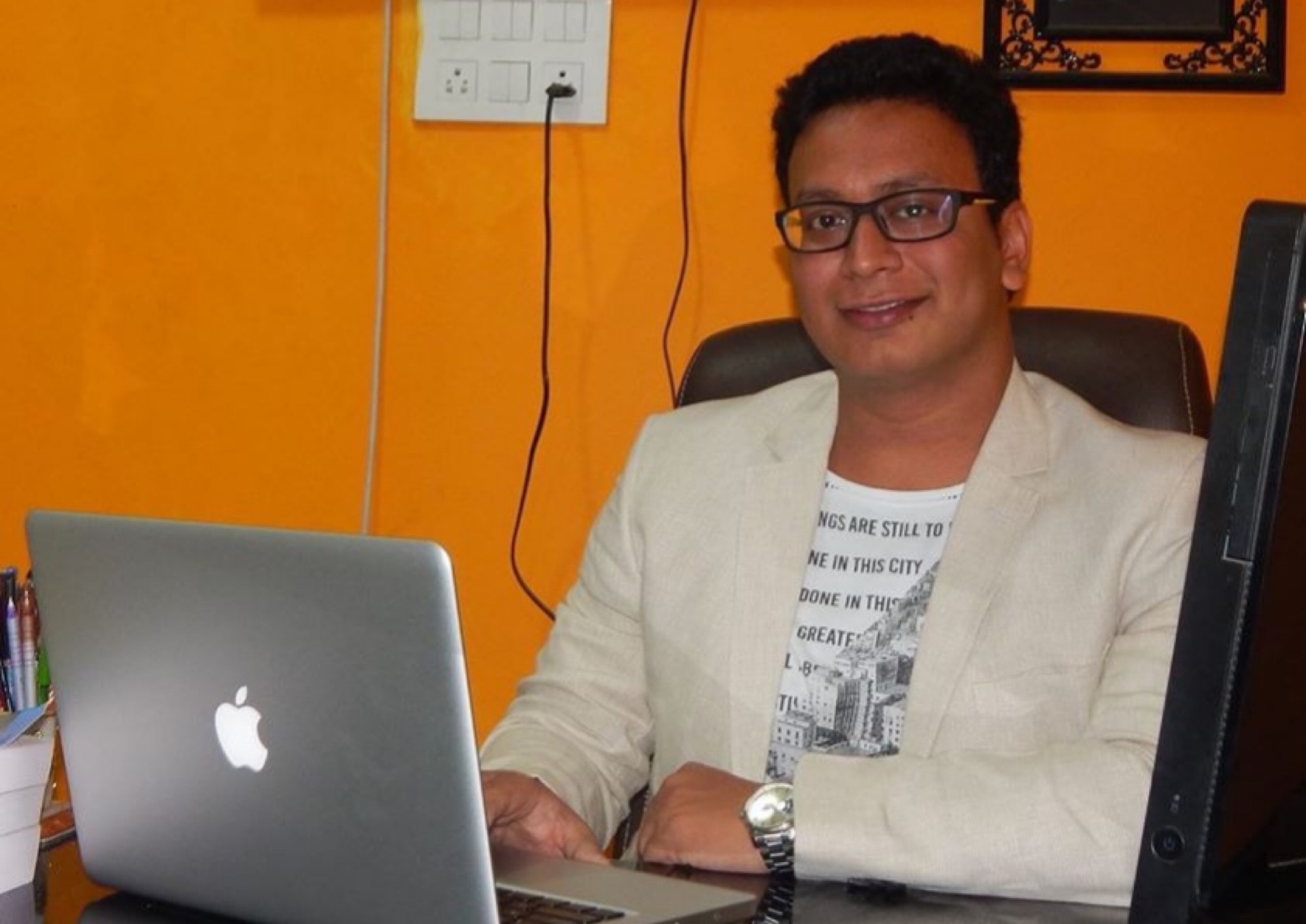Digital forensic science is a branch of forensic science that focuses on recovering and investigating data from digital devices used in crimes. The phrase “digital forensics” was coined to replace the word “computer forensics.” It has been grown to include the analysis of any gadgets that may store digital data. Ankur Chandrakant, a renowned Cyber Security and Forensic Expert, profound SME on Blockchain, NFT, Crypto & Metaverse, talks about the required skills for a career in digital forensics.
He says, “A future digital forensic analyst will need the following competence to achieve this successfully. They are Good Technical Skills, Strong Analytical Skills, a Deep Understanding of Cybersecurity, Excellent Communication Skills and quick learning.” He explained all the skills, starting with good technical skills. A job in digital forensics causes strong technical abilities, for obvious reasons. It might be prior programming, cloud computing, networking, or dealing with hardware knowledge. It is the profession’s stable base. The second one is strong analytical skills, which that is only being able to retrieve, restore, and preserve data isn’t enough. Analyzing data and developing inferences to assist solve crimes is a big part of a digital forensic specialist’s everyday routine. Third, a deep understanding of cybersecurity is required. Although most computer forensic analysts assist in the investigation of crimes that have already occurred, it is critical to understand how and why this occurs. Communication is crucial to the investigation’s success, as digital forensics experts are always part of a larger team that includes detectives, cops, and other analysts. Last, as technology is developing, keeping up with the latest trends is important. Analysts must be able to assimilate large volumes of data regularly.
Ankur also talked about the tools to analyse digital evidence. He said, “The specialists had a very limited choice of tools to analyse digital evidence in the early stages of digital forensics development. It sparked multiple allegations that such an analysis had tampered with and corrupted evidence. Inevitably, sophisticated tools aimed specifically at digital forensics analysis appeared.”
The specialists had a very limited choice of tools to analyse digital evidence in the early stages of digital forensics development. It sparked multiple allegations that such an analysis had tampered with and corrupted evidence. Inevitably, sophisticated tools aimed specifically at digital forensics analysis appeared. Disk and data capture technologies can identify encrypted data on physical discs and record and preview it. Separate files are extracted and analysed using file readers and file analysis tools. The Windows registry provides information about a user and their behaviours to registry analysis tools. Internet and network analysis tools give extensive traffic statistics and allow users to monitor their online behaviour. The purpose of email analysis software is to scan the content of emails. Mobile device analysis tools aid in the extraction of data from mobile devices’ internal and external memory. macOS analysis tools gather metadata and offer disc imaging from Mac operating systems. Database forensics software can examine and change data as well as provide reports on the actions carried out.
Besides this, Ankur talked about the primary difficulties in digital forensics. He said, “Criminals employ forensic technologies to conceal, change, or eliminate traces of their unlawful behavior, while digital forensics specialists use the same techniques to collect evidence against them. It’s known as the anti-forensics approach, and it’s one of the most serious problems in digital forensics.” This sub-discipline of forensic science also deals with legal, technological, and resource issues. They are rapid technological development, availability of gadgets, availability of hacking tools, big era data and admissibility. The first challenge is extremely fast technological development. To have a clear idea, currently, there are many mobile operating systems and all of them are updated in regular basics. It makes developing conventional methods of digital forensic investigation difficult. The next challenge is the availability of hacking tools. Hackers may find knowledge, how-to, software, and tools on the Internet. This sort of content is easily accessible to everybody. Hundreds of terabytes of data may now be discovered on personal hard discs. The processing and preservation of large amounts of data is a hard task. The fifth challenge is admissibility. Preserving and presenting electronic evidence is a time-consuming process. As a result, the court may reject some evidence.
To conclude, Ankur Chandrakant talked about digital forensics and its required skills for a career. They are Good Technical Skills, Strong Analytical Skills, a Deep Understanding of Cybersecurity, Excellent Communication Skills and quick learning. Later, he talked about the tools to analyze digital evidence. In the end, he talked about the primary difficulties in digital forensics. They are rapid technological development, availability of gadgets, availability of hacking tools, big era data and admissibility. Happy Reading!
Follow on Instagram https://www.instagram.com/ankurchandrakant/

